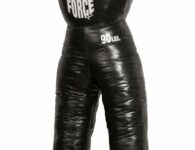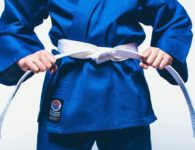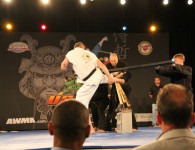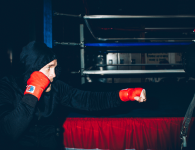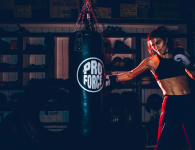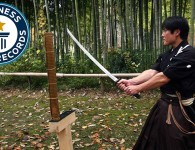
From the farmers fields of centuries ago to modern day Karate tournaments, the Kama has spent its existence helping people reap the rewards of their hard labor. In ancient times, farmers across the Asian continent used these tools to quickly cut down rice and wheat stalks — and to defend themselves. Today, Kamas are used by martial artists around the world to help refine their skills — and highlight them in demonstrations and competitions.
Let’s take a look at how these handheld scythes became one of the most beloved and effective weapons in martial arts.
What are Kamas?
Also known as Japanese sickles, Kamas are ancient farming tools that have been adapted for martial arts practice. They feature a curved blade that is attached to a wooden handle and are traditionally used in pairs.
These martial arts weapons come in a wide variety of styles and designs to meet almost every training need, but they can generally be broken down into two categories: training Kamas and competition Kamas. Training Kamas are usually made of foam rubber with wooden handles, which makes them easy to handle — and a little softer for beginner and intermediate artists who are still honing their skills. Competition Kamas are designed for serious martial artists who are ready for competition, forms, and sparring. Many of these models feature an aluminium blade and a wooden handle.
(For more information on which Kamas are right for you, see the ProForce® Kamas Buying Guide.)
Where did Kamas originate?
Variations of the farming tool that eventually became the Kama were common in many countries in Asia, including Malaysia, and the Philippines. Although the exact lineage of today’s Kama is unclear, it’s likely that the farming tool was first brought to ancient Okinawa from one or both of those locations. The Okinawan people quickly realized that these tools were as effective at fending off attackers as they were at harvesting rice, and the popularity of Kamas as weapons spread throughout Japan thereafter. Although authority figures attempted to crack down on these popular and effective tools, Kama techniques managed to survive and be passed down to new generations of martial artists, eventually leading to the martial arts weapons we know today.
Which martial arts use Kamas?
Kamas and their techniques feature prominently in Karate weapons training, traditional Okinawan martial arts, Tae Kwon Do, Silat, and some forms of Chinese martial arts. They’re a popular choice for kata or forms and weapons categories in Karate tournaments.
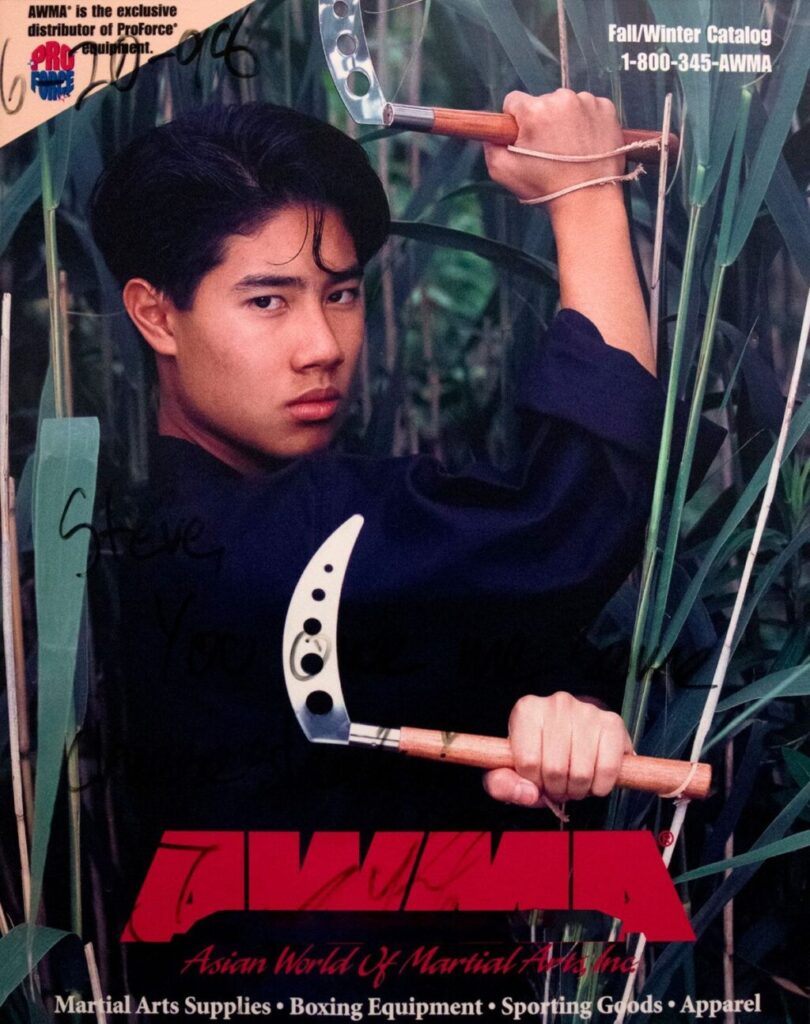
How do you use Kamas?
In traditional Okinawan martial arts, Kamas were used mostly for self-defence purposes. The person holding the Kama’s handles could use intersection of the curved blade and the handle to block, ensnare, and disarm an opponent’s weapons. They could also use the sharp blade for close counter-attacks.
In modern practices, the Kama usually has a dull blade and is used for technique training and demonstration instead of sparring and self-defence. These Kamas can be used for adapted open hand Karate techniques, and for spins and releases. Few of these techniques would be effective in combat, but they look impressive and require a high degree of talent to execute properly. These types of techniques can also be used to help martial artists improve their overall focus, fine motor skills, and conditioning.
Where else can you see Kamas?
So far, kamas haven’t enjoyed the same level of pop culture breakthrough success as some of their fellow traditional martial arts weapons like nunchaku, bo, and sai. But they have been featured in some Teenage Mutant Ninja Turtles productions — and have been wielded by ace reporter April O’Neill.
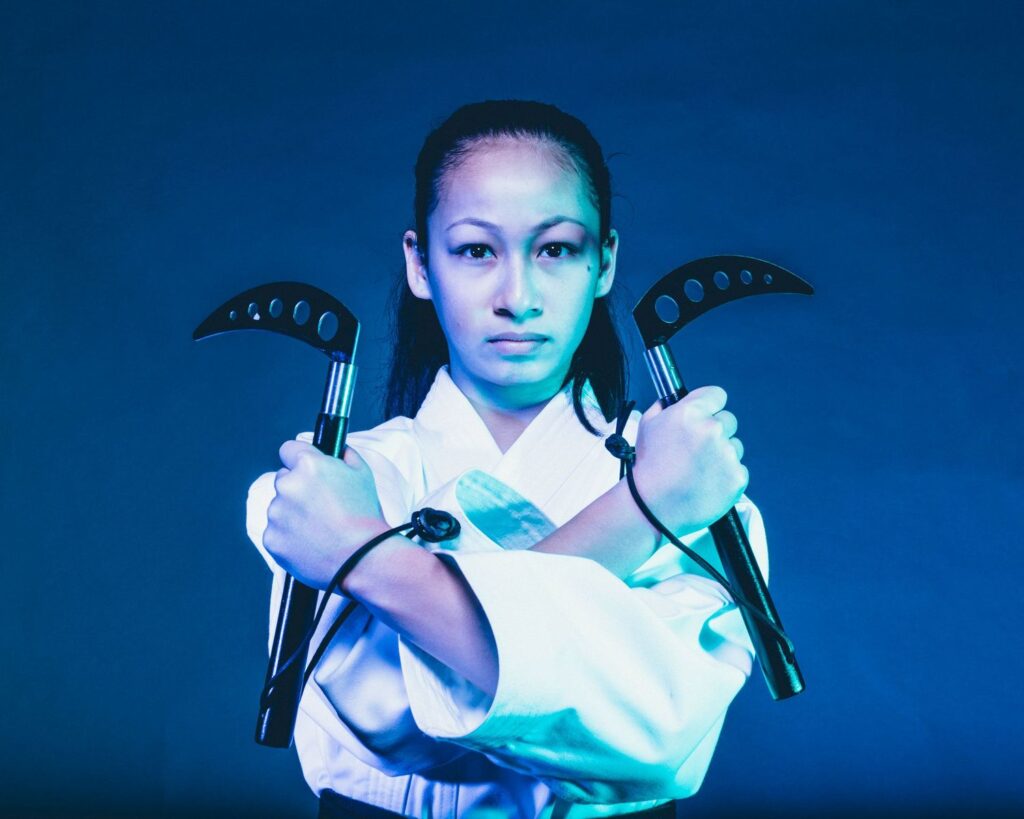
The Goods
Competition Kamas 10”: Featuring 10” wooden handles that come in multiple color options, 7” polished and vented steel blades, and a leather thong wrist cord. $44.99 USD.
ProForce® Foam Rubber Kamas II: Great for training and practicing new skills, these Kamas have a flexible, vented foam rubber blade and 12″ long foam handles.$29.99 USD.
Wood Bladed Kama: A great option for beginners who aren’t comfortable training with a metal blade yet, these Kamas are made entirely of a quality natural hardwood. They feature 18” handle and 5 1/4” inch blades and weigh 12oz each. $24.99 USD.
ProForce® Plastic Kama: These lightweight one-piece molded plastic Kama with vented blades are ideal for beginners who want to practice their new techniques. Multiple color options. $29.99 USD.
Proforce® Ultra Kama Case Features: For when you need to store and carry your Kamas. This abrasion-resistant nylon case is extremely durable with an adjustable shoulder strap and zipper. $22.99 USD.




